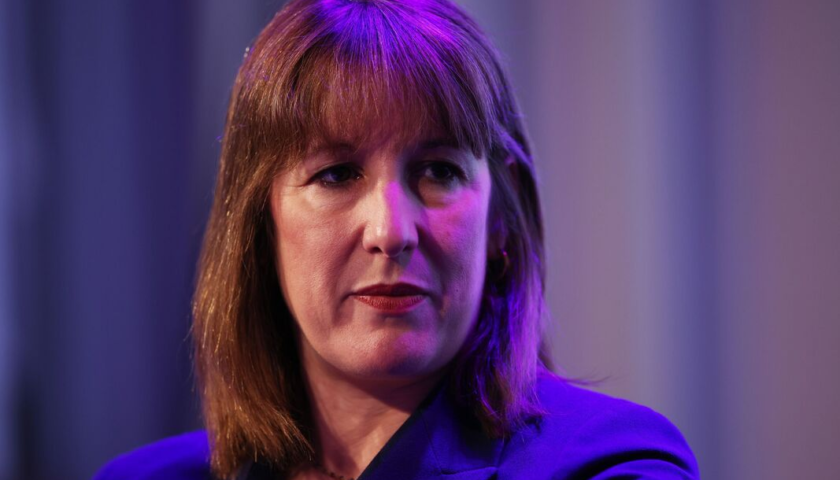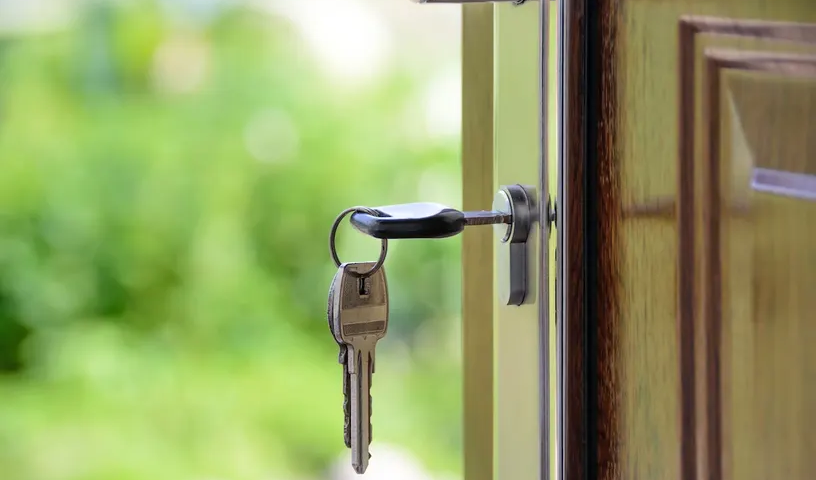The question has been whispered in landlord forums, debated in coffee shops, and tossed about in property podcasts for years now: is buy to let dead? We suspect the answer isn’t so tidy. Property markets rarely give us a neat yes or no, and 2025 seems to be one of those years where the outlook feels more complicated than ever.
Some investors will tell you it’s finished. Others are still expanding their portfolios. Both are right – depending on where you stand.
Why People Think Buy-to-Let Is Struggling
Let’s start with the obvious culprits. Higher interest rates have been squeezing landlords’ margins for the last couple of years. When your mortgage repayments eat up the bulk of your rental income, the appeal of steady monthly cash flow starts to wobble. And then there are tax changes – wear and tear allowances disappearing, mortgage interest relief restrictions tightening. HMRC isn’t exactly known for making landlords’ lives easier.
Add to that more stringent regulations around energy efficiency (those EPC upgrades aren’t cheap), and you’ve got a cocktail of factors pushing smaller landlords out. Some simply sell up because the hassle outweighs the reward.
The Case For Buy-to-Let Survival
But here’s the other side. People still need somewhere to live, and the UK housing shortage hasn’t magically fixed itself. Demand remains strong, especially in rental hotspots – areas of London with strong rental demand still see fierce competition among tenants. And where demand runs high, yields can hold steady, sometimes even rising.
We also shouldn’t forget that property isn’t just about short-term income. For many, the long game is capital appreciation. Houses and flats in well-chosen locations tend to gain value over a decade or two. Yes, there are dips and corrections, but the general trajectory in the UK has been upwards. Investors who think beyond the monthly numbers often remind us of this fact.
What Has Changed By 2025?
We think one of the biggest shifts is mindset. A decade ago, many landlords treated buy-to-let as a relatively passive income stream. That’s no longer the case. Today, success requires hands-on management, strategic decision-making, and sometimes creativity.
One example: deciding between different letting models. Traditional single lets may no longer provide the returns they once did, but exploring alternatives such as HMOs or serviced accommodation can. And that brings us neatly to the ongoing debate about short-term vs long-term letting. Both routes have risks, both have potential, and what works in Manchester might fail in Liverpool (or vice versa).
Risks That Can’t Be Ignored
Let’s not sugarcoat it – buy-to-let carries risks in 2025. Voids still happen. Tenants still miss rent. Maintenance costs continue to creep upward (boilers have a habit of breaking at the worst possible time). Regulation could tighten further, especially around rental standards and energy efficiency.
And then there’s political uncertainty. Governments like to tinker with property policy – sometimes favouring landlords, sometimes penalising them. Anyone entering the market now has to accept a certain level of unpredictability.
Who Is Still Investing?
Interestingly, it’s not always the “accidental landlords” or small-time investors driving growth anymore. Larger, more professional landlords and institutional investors have stepped in, often with cash purchases that sidestep rising interest rates. These players see opportunity where others see difficulty, and they have the resources to absorb shocks.
That doesn’t mean individuals are excluded. Far from it. But it does mean the era of casual, one-property landlords may be waning. To survive (and thrive), smaller investors need strategy – researching yields, building in contingencies, and perhaps specialising in niches like student housing or city-centre flats.
Is Buy-to-Let Dead, Then?
We wouldn’t call it dead. It’s more… evolved. The easy-money days are likely gone, but that doesn’t mean opportunity has disappeared. For those willing to treat it as a business, with proper planning and a willingness to adapt, buy-to-let still offers both income and long-term growth potential.
For others – especially those hoping for a simple, hassle-free return – it might well feel “dead.” The reality is somewhere in between: not extinct, but certainly reshaped.
Final Thoughts
So, is buy to let dead? In 2025, it depends on your perspective. If you expect property to be an effortless cash cow, the answer is probably yes. But if you see it as a complex, evolving investment class – one that requires resilience, patience, and occasionally a thick skin – then no, it’s still alive, still kicking, and still worth considering.
FAQs
How Do Rising Interest Rates Affect New Buy-to-Let Investors?
New entrants face higher borrowing costs, which can erode profitability unless they purchase in strong rental demand areas or buy with larger deposits to soften the impact of repayments.
Are Alternative Property Investments Competing With Buy-to-Let?
Yes. Some investors are shifting to REITs, crowdfunding platforms, or commercial property as they can offer exposure to real estate without the direct responsibility of being a landlord.
What Role Does Location Play in 2025 Buy-to-Let Success?
Location has never mattered more. While some regions see stagnating rents, others – often linked to universities, city regeneration projects, or commuter hubs – continue to deliver solid yields.
Can Technology Help Landlords Stay Profitable?
Absolutely. From digital rent collection tools to smart home tech that reduces energy bills, landlords who adopt tech-driven management approaches often cut costs and attract higher-quality tenants.
Contact one of our highly experienced mortgage advisors today on 0121 500 6316 to discuss your mortgage needs.



